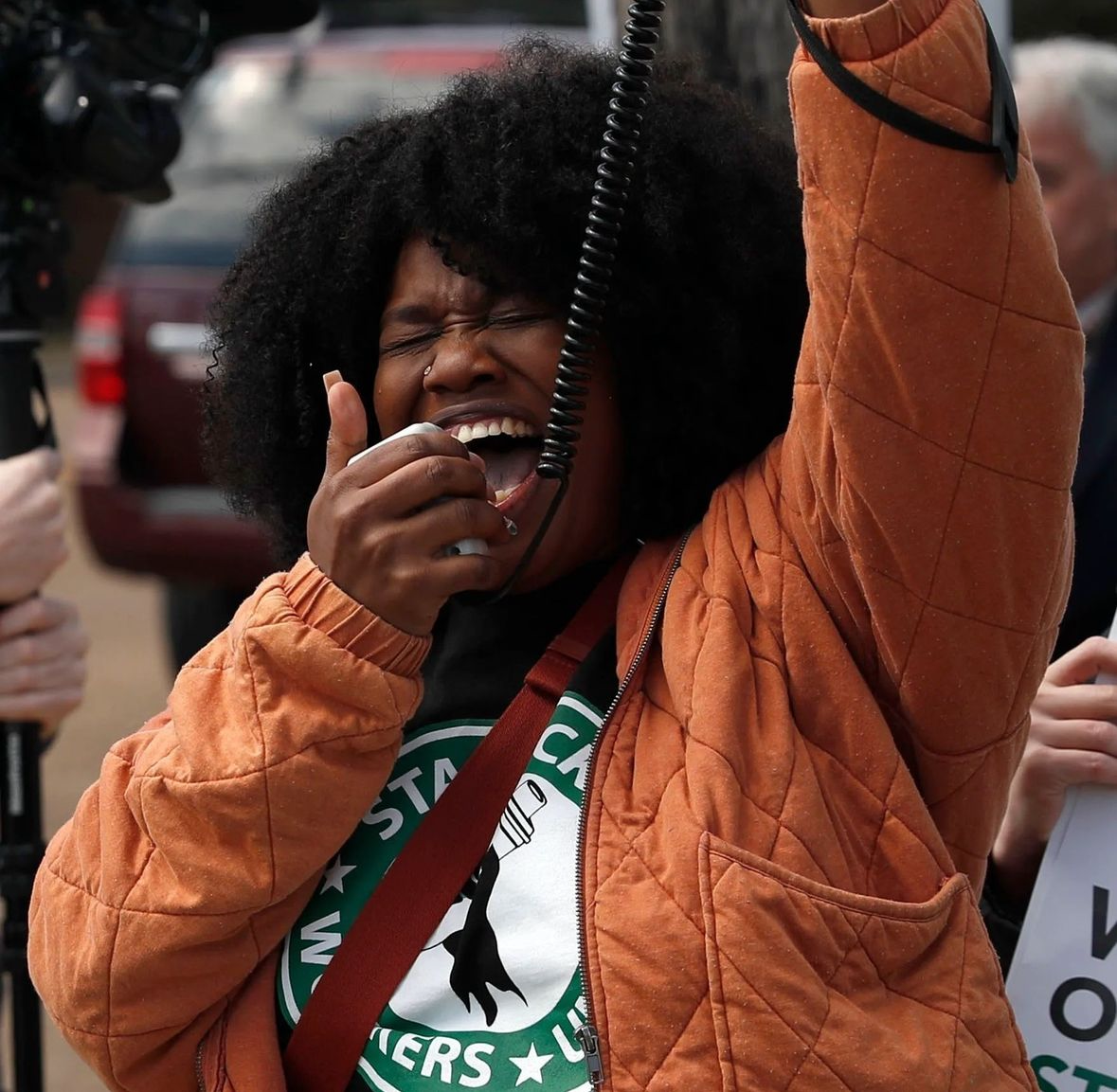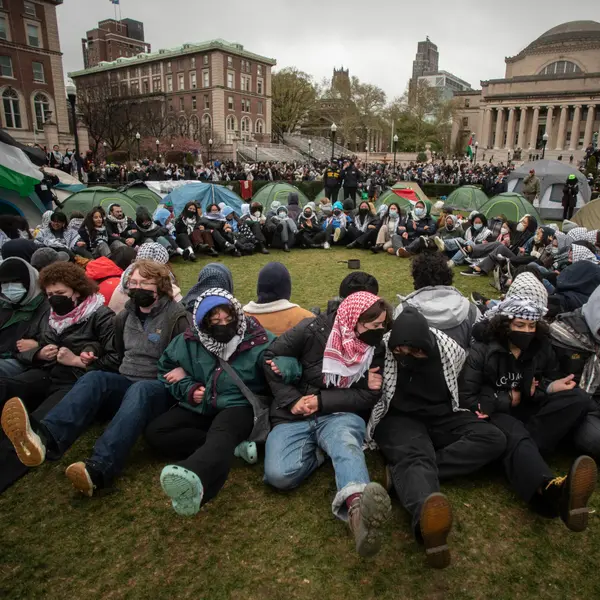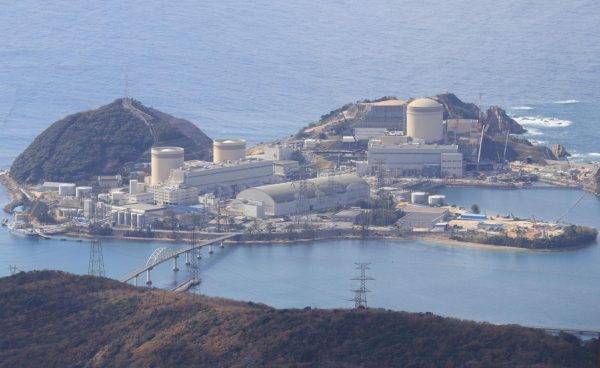Myanmar Coup and Protests Explained
Photo by BBC News
Protestors defy military warning in mass strike.
April 2, 2021
On the early morning of February 1st, 2021, the people of Myanmar were greeted with internal conflict once again, completely restructuring their way of government. Myanmar, (formerly known as Burma) was seized by the military in a sudden coup.
Since the country’s elections on November 8th in which the National League for Democracy, Myanmar’s leading civilian party, won 83 percent of the body’s available seats, to which the military was fervently opposed. Head of the National League for Democracy, Ms.Aung Sun Suu Kyi had been the effective civilian leader of the nation since her election to the position in 2015, and it was expected that the new Parliament was to endorse the results of the November election in order to approve the next government. This all took a turn when the military refused to accept the results of the vote, believing that it dwindled down to the popularity of Ms. Aung San Suu Kyi.
Myanmar’s military took the opportunity of the countries momentary state of uncertainty as a new session of parliament was set to open. The military claimed the election was fraudulent and the results of the election were then used as a motive to take over the country once again. Myanmar is no stranger to military rule as it was ruled by the armed forces from 1962 until 2011 when a new government began ushering in a return to civilian rule. However, this time the civilians fired back, and protest overtook the nation. The protests over the coup have been the largest since the so-called Saffron Revolution in 2007. They got so substantial that the military was required to impose restrictions, including curfews and limits to gatherings.
The people of Myanmar have been protesting for months now and the military has been desperately trying to shut it down. The entire country has been devoid of the internet for weeks now and communication has been fairly limited. Additionally, the military has banned social media sites such as Twitter, Instagram, and Facebook which is the country’s primary source of news and information. The Military’s restriction of news has incited further anger from the citizen of Myanmar.
Violent crackdowns have consistently occurred throughout the country, with military officials raiding homes and streets. The protests have resulted in several injuries and the death toll has officially passed 500 people. On March 28th, security forces opened fire onto civilians across the streets of Myingan killing over 90 individuals, including several children. Still, the people have continued to resist the instigators of the coup. With the protests still going strong, Citizens have stated that their reasoning for protest is so that future generations won’t have to face the same fate they did.
















